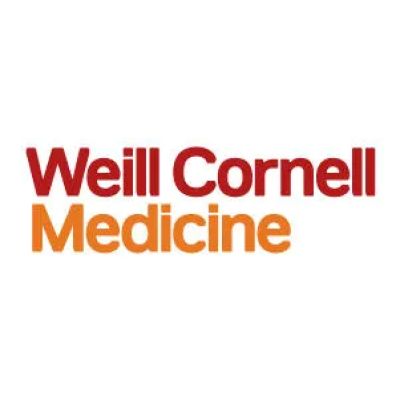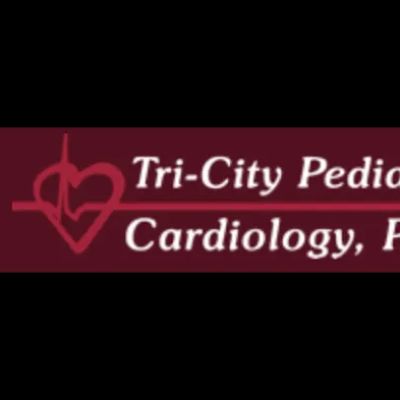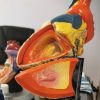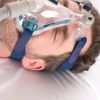- 1 - Why Screening for Heart Conditions in Young Athletes Matters
- 2 - Common Heart Risks in Youth Sports
- 3 - Screening Methods: From Physical Exams to Advanced Tests
- 4 - Real-Life Cases: Stories that Highlight the Importance
- 5 - Expert Insights on Prevention and Safety
- 6 - The Role of Parents and Coaches in Protecting Young Athletes
- 7 - Support and Resources from HeartCare Hub
1. Why Screening for Heart Conditions in Young Athletes Matters
In youth sports, the focus often centers on physical performance, training schedules, and competition results. Yet one of the most vital elements—screening for heart conditions in young athletes—can mean the difference between safe participation and tragedy. While rare, sudden cardiac events in young players often make headlines, and each case underscores the importance of proactive screening.

2. Common Heart Risks in Youth Sports
2.1 Hypertrophic Cardiomyopathy (HCM)
This genetic condition thickens the heart muscle and is one of the leading causes of sudden cardiac arrest in athletes under 30. It is difficult to detect without proper testing, which makes screening essential.
Atlanta Heart Specialists
atlanta heart specialists
4375 Johns Creek Pkwy #350, Suwanee, GA 30024, USA

2.2 Arrhythmias and Electrical Disorders
Conditions such as Long QT Syndrome can disrupt the heart’s rhythm during intense exertion. These disorders are often invisible without an electrocardiogram (ECG) but carry serious risks if left unchecked.
2.3 Structural Heart Abnormalities
Some young athletes may have undiagnosed congenital defects, like an enlarged aorta or valve malformations, that only surface under high physical stress. Regular health checks often overlook these unless specific cardiac screening is performed.
3. Screening Methods: From Physical Exams to Advanced Tests
The process begins with a detailed medical history and a physical exam, but these alone are rarely enough. Adding ECGs or echocardiograms dramatically increases the likelihood of detecting hidden risks. In Europe, mandatory ECG screening for competitive athletes has significantly reduced cases of sudden cardiac death—a model that highlights the potential benefits for U.S. sports programs as well.
4. Real-Life Cases: Stories that Highlight the Importance
Several widely reported stories have shown how undetected conditions can have devastating outcomes. For instance, a promising high school basketball player collapsed during a game due to hypertrophic cardiomyopathy. In contrast, another teen runner who underwent early screening discovered a heart defect in time for corrective treatment, allowing her to continue sports safely. These cases illustrate both the risks and the life-saving power of screening for heart conditions in young athletes.
5. Expert Insights on Prevention and Safety
Cardiologists recommend tailored screening approaches based on age, family history, and activity level. While not every young athlete needs advanced imaging, those with red flags—such as fainting during exertion or a family history of sudden cardiac death—should be prioritized for testing. Experts agree that the goal is not to discourage participation, but to create safer playing fields where athletes can thrive without hidden risks.
6. The Role of Parents and Coaches in Protecting Young Athletes
Parents and coaches play a central role in advocating for screening and recognizing warning signs. Encouraging open communication about symptoms like chest pain, unexplained fatigue, or fainting can make a life-saving difference. Schools and sports leagues also bear responsibility by implementing guidelines and providing access to cardiac screenings. Community awareness can turn isolated efforts into standard practice.
7. Support and Resources from HeartCare Hub
For families looking for reliable information and tools, HeartCare Hub offers trusted resources, from heart health products to educational materials. Whether it’s understanding the latest screening technologies or finding ways to support young athletes’ cardiovascular health, having expert guidance ensures better decision-making. Investing time in heart screening today could be the greatest protection for tomorrow’s champions.





















Deborah Heart and Lung Center
deborah heart and lung center
200 Trenton Rd, Browns Mills, NJ 08015, USA